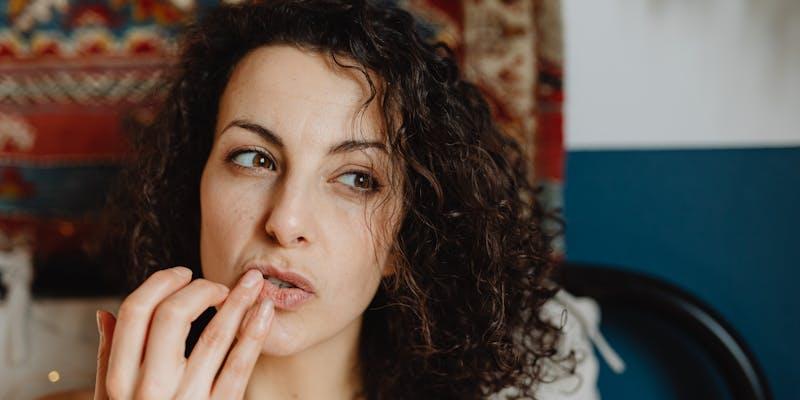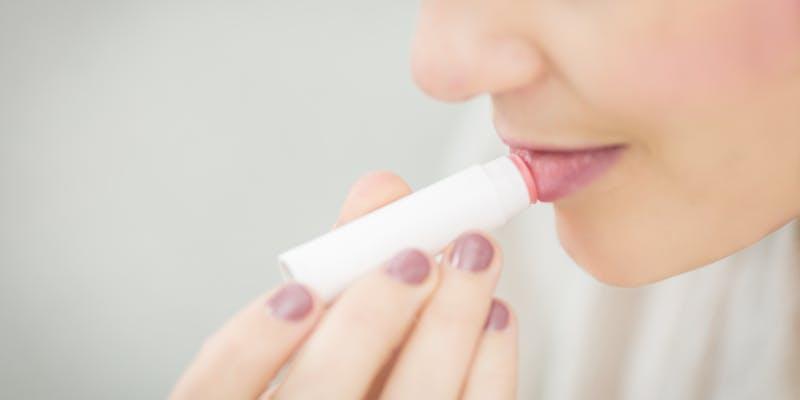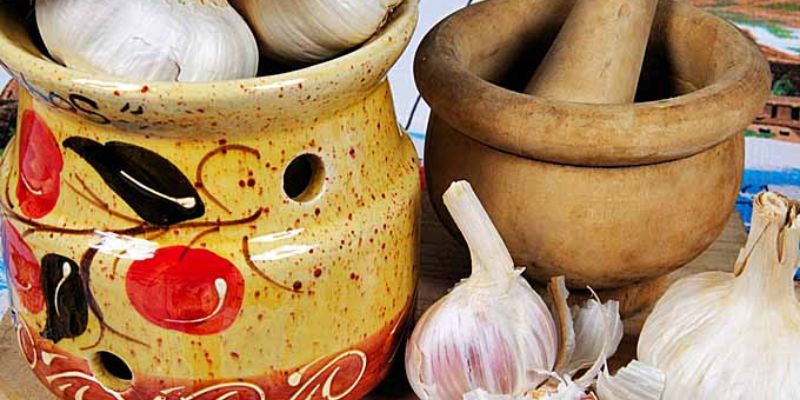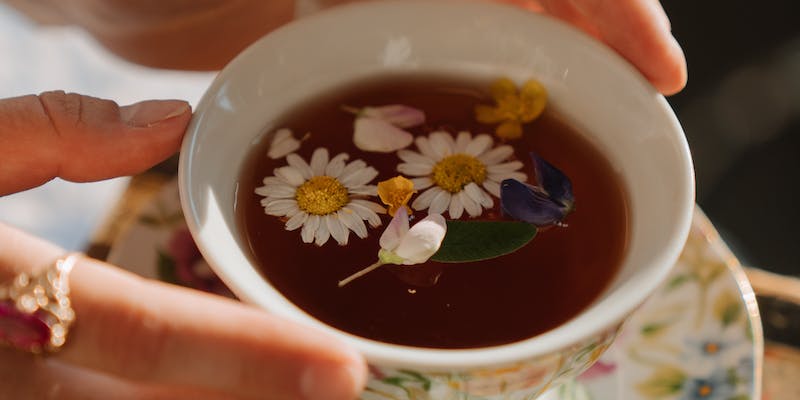Angular Cheilitis: What is it and am I at risk for getting it?
Mar 15, 2024 By Madison Evans
Angular cheilitis is a common skin inflammation. One or both mouth sides develop red, irritated blisters. Although painful, angular cheilitis is seldom serious. Angle cheilitis is also called perleche and angular stomatitis. People often confuse angular cheilitis with cold sores. Cold sores are a different herpes virus. Despite widespread assumption, angular cheilitis is not infectious. The absence of a specific organism that causes angular cheilitis makes it unlikely to spread directly.
However, because a virus causes them, mouth sores like cold sores may be transmitted from person to person. Only the angulating cheilitis fissures can grow yeasts and bacteria, and saliva ensures their long-term growth. So, stay away from others until you know whether your sore is angular cheilitis or a cold sore.
Causes of Angular Cheilitis
There is not always an obvious reason for AC. The most common trigger, however, is prolonged moisture on the commissure of lip. The next possibility is for people who lick their commissure of lip, which causes AC by drying up the mouth corners. Rub or lick the affected area to worsen the infection and discomfort.
Sometimes, the inflamed regions bleed, peel, or split open. In rare instances, the dry, cracked skin becomes infected. One frequent condition that may cause itching or burning is candida, sometimes known as yeast. Strep and staph infections, among others, are also common. There might be more than one cause of angular cheilitis. A polymicrobial infection, in which a person has infections caused by both bacteria and yeast, is one example. So, in short, among the other possible causes of AC are:
- Secretion of saliva leads to irritating skin conditions
- Drooping of the top lip, which causes wrinkles to form at the mouth's corners
- Dry and cracked commissure of lip
- The spread of infectious microorganisms
How Can You Know If You Have It?

Dermatologists and general practitioners often diagnose angular cheilitis. Your doctor will examine your mouth and body for painful places, and in addition to your medical history, they will ask about your medicines and lifestyle. If youre self-diagnosing, its always recommended to look up images of cheilitis and other symptoms.
Your doctor may choose to collect sample swabs from your mouth and submit them to a lab to diagnose angular cheilitis, which bacteria or fungi might cause. Nonetheless, this is often reserved for cases when earlier therapies have failed.
Treatments of Angular Cheilitis

It is possible to cure AC, depending on its etiology, as long as it is not contaminated. Most people begin to feel better within a week or two of starting therapy by using angular cheilitis Neosporin. Treatment for AC and its symptoms may be approached in several ways:
Modifications to Diet and Lifestyle
If you are deficient in iron, vitamin B12, or folate, you may get AC, an oral symptom. One-quarter of AC patients had insufficient levels of iron and vitamin B, according to a study conducted in 2021. These supplements help someone who is lacking in minerals and vitamins. If a person gets AC due to an unhealthy diet, doctors would advise them to take vitamin supplements or replacements and eat a balanced diet. Another cause of AC is a lack of vitamins and minerals the body has trouble absorbing, such as zinc. Tobacco smoking is another risk factor for AC; thus, doctors advise their patients to cut down or quit altogether.
Antifungal and Antibiotics Treatments
A topical or oral treatment, angular cheilitis Neosporin, may relieve the underlying ailment. Yeast infections are drug-resistant; therefore, a professional must find the cause. A doctor can typically identify whether the disease is caused by bacteria or yeast by examining the afflicted area. However, doctors may also take a mouth sample and examine it under a microscope to confirm the presence of bacteria, viruses, or fungi. Medical professionals will then decide what to prescribe based on the results:
- Antifungal medicine is applied to mouth corners three times a day for two weeks.
- One to two weeks of oral antiviral and topical antibiotics.
- Along with antibacterial treatment, a doctor may prescribe a low-dose topical steroid to reduce inflammation. One might apply this to their skin to speed up the healing process.
- In severe or recurring occurrences, oral antibiotics, oral antifungals, or long-term emollient treatment may be required.
Hygiene
Keeping the region clean and dry is the key therapy for all instances of AC. People should be careful not to lick the region or let saliva collect in the corners of their mouths. In cases when medical professionals have not determined the underlying reason, AC may be treated or prevented with a petroleum jelly, lip balm, or protectant.
Injections and Fillers
Recurrent AC may be caused by dentures that don't fit properly or a subpar bite. If it persists after teeth realignment, dentist consultations for re-fitting dentures may be necessary. If you suffer from AC and have sagging lips, your doctor may suggest injectable fillers like collagen to plump them up and lift the corners of your mouth. As a result, saliva is less likely to build up.
Prevention and Precautions of Angular Cheilitis
- Maintaining moist, non-irritated skin in the mouth may prevent the accumulation of germs or yeast.
- To protect your lips from saliva, try dabbing some coconut oil on the corners of your mouth. Additionally, dry, chapped lips may be avoided with frequent use of angular cheilitis Neosporin.
- Another important consideration is avoiding dry mouth, which might cause your salivary glands to overproduce.
- Consult your dentist about corrective dental equipment or fillers if the structure of your mouth creases is the root cause of your angular cheilitis.
Reducing discomfort and swelling while treating the cause of angular cheilitis may be achieved by:
- The corners of your mouth may be treated with ice or a cold compress.
- Never use strong toothpaste, mouthwash, or hot food on your skin.
- Keeping away from hot, cold, or windy conditions.







